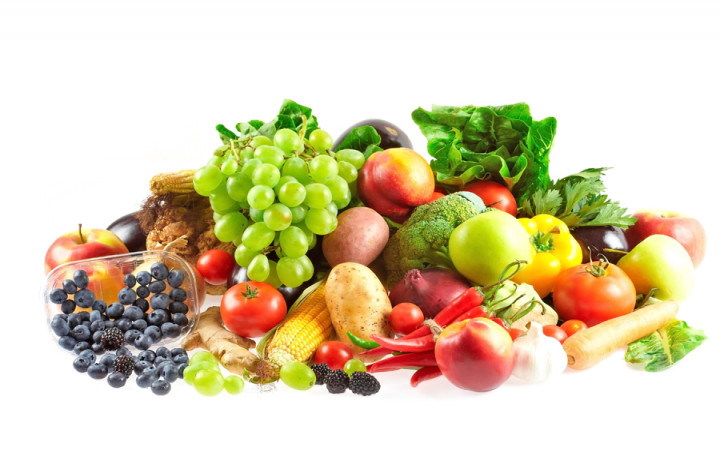Today’s Wonder of the Day was inspired by Madison. Madison Wonders, “how do plants make fruits and vegetables?” Thanks for WONDERing with us, Madison!
Have you ever taken the time to look closely at the wide variety of fresh fruits and vegetables available at most grocery stores? In addition to the aisles and aisles of canned and boxed foods, most grocery stores have a large produce section with everything from apples to zucchini.
If you're like most kids, you probably like a lot of different fruits. From apple slices and juicy watermelon to delicious oranges and succulent pineapples, there seems to be a fruit to satisfy every sweet tooth.
There are just as many tasty vegetables to choose from, although vegetables tend to get a bad rap from some kids. Even if Brussels sprouts and broccoli aren't your favorites, we bet that potatoes put a smile on your face.
The variety of different types of fruits and vegetables is impressive. That's great, since nutrition experts recommend a diet high in fresh fruits and vegetables, since most of them tend to be high in vitamins and minerals. Where do all of these healthy foods come from?
The answer is simple: plants! Since fruits and vegetables both come from plants, it's logical to WONDER how they're different from each other.
Fruits contain seeds and develop from the ovaries of flowering plants. The first step in making fruits is pollination. Fruit trees and plants produce flowers. Then, bees, bats, birds, and even the wind spread pollen from one flower to another.
This sets off the second step, the process of fertilization, which results in a fertilized seed contained within the flower's ovary. Once this happens, the petals of the flower will fall away, leaving an immature fruit that begins to grow.
Inside the ovary, the seed produces hormones that cause the cells of the ovary wall to multiply, expand, and thicken. Over the growing season, the "mother" plant receives sunlight, water, and nutrients from the soil to keep growing, helping the immature fruit to continue growing larger.
Eventually, the fruit will release a hormone called ethylene that signals the ripening process. Ethylene causes enzymes to be released that make the fruit change colors and become softer, sweeter, and delicious to eat!
Vegetables, on the other hand, are all the other edible parts of a plant, including roots (carrots, potatoes, and turnips), bulbs (onions), and stems (celery). Vegetables are also leaves (lettuce, spinach, and kale), stalks (asparagus and corn), and flower buds (broccoli and cauliflower).
In addition to sunlight, water, and proper temperature, plants need certain nutrients from the soil to grow these different vegetable parts. For example, plants need potassium for root development, nitrogen for healthy leaves, and phosphorus for flower development.
A lot of work goes into forming fruits and vegetables, and this Wonder of the Day just scratches the surface! The next time you are at the grocery store, we hope you'll try to envision what those fruits and vegetables in the produce section looked like when they were growing as plants!





